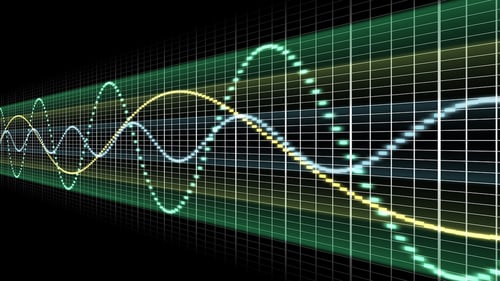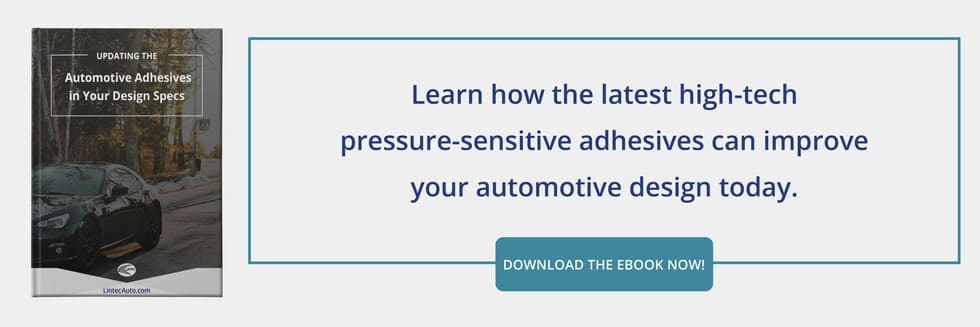Quality assurance in automotive design takes more than durability, consistency, and aesthetics. While less evident to the eye, a vehicle’s Noise, Vibration, and Harshness (NVH) rating is a critical component of a comfortable drive.
So how are automakers attacking the issue of troublesome vibrations from within and without? The vehicle’s design must compete with:
- Rumbles from the moving road
- Contact between static components
- The inconsistent bond provided by mechanical fasteners
- Noise from a roaring engine
Sometimes a design that is convenient in assembly is at odds with a design that boosts performance. For NVH ratings, both goals work hand in hand with the help of foam-cored, anti-vibration automotive tapes. These tapes are a passive sound and vibration dampening solution that can double as ultra-efficient structural adhesives in place of traditional fasteners or welds. Here’s how they work:
How Foam Automotive Tapes Cut Down on NVH
Automotive foam tapes are far more economical and straightforward a solution than some of the older anti-vibration technologies used by auto manufacturers. At times, the industry has relied on altered component designs, or stiffening ribs that rigidify materials to reduce vibrations and resonance.
Viscoelastic foam automotive tapes are a more flexible solution since they can be adhered in challenging areas for other design solutions, and combine a series of positive properties that reduce NVH:
- They cushion detail elements to absorb shocks, impacts, buzzes, and vibrations.
- Foam flexes and “gives” to accommodate circumstantial changes to the fit of two surfaces (such as differing thermal expansion properties or stretching).
- Modern automotive tapes can offer structural bond strength and high adhesion to replace mechanical fasteners with a consistent, even bond across the full contact area of two substrates.
- The cells of the foam automotive tapes soak up sound waves and noisy resonance before it reaches the area on the other side of the tape.
- When a substrate on one side of the tape is vibrating, foam automotive tape can diffuse the vibrations rather than passing them on to the substrate on the opposite side.
Many automotive tapes are made with thin-gauge (and often transparent) plastic film backings or cores, but the advantages of foam have made anti-vibration tapes an industry-standard in combating troublesome NVH issues.
Use Cases for Anti-Vibration Automotive Tapes
We often think of “tape” as a flexible strip with adhesive on one side, used to attach two adjacent surfaces. Automotive tapes are far more diverse. For example, anti-vibration automotive tapes are used for:
- Passive soundproofing, as a “deadening pad” or “acoustic dampener” behind or around cabin surfaces that reduces sound transmission from outside the cabin and absorbs resonant frequencies.
- A structural bond that also decouples and isolates a vibrating surface from one where vibrations are undesirable (such as preventing engine vibrations from traveling into cabin and dash elements). These double-sided tapes act as elastomeric bumpers while simultaneously replacing mechanical fasteners with a strong, viscoelastic, sound-dampening bond.
- An adhesive for dissimilar materials such as the LSE plastics that are now common in automotive car parts. Double-sided tapes can incorporate unique adhesives on each side to cater to the substrates they must adhere. At the same time, the flexibility of the foam tape makes up for the unlike or inconsistent properties of each substrate (bending, expansion, compression).
- Friction reduction between moving parts that come into constant contact (doors, hatches, retracting windows).
- Cushioning small, loose elements such as automotive emblems or decorative trim elements, which may buzz or rattle if bonded with a simple rivet or clip.
Solutions like these keep noise, vibration, and harshness under control and provide passengers with a quiet, comfortable ride.


